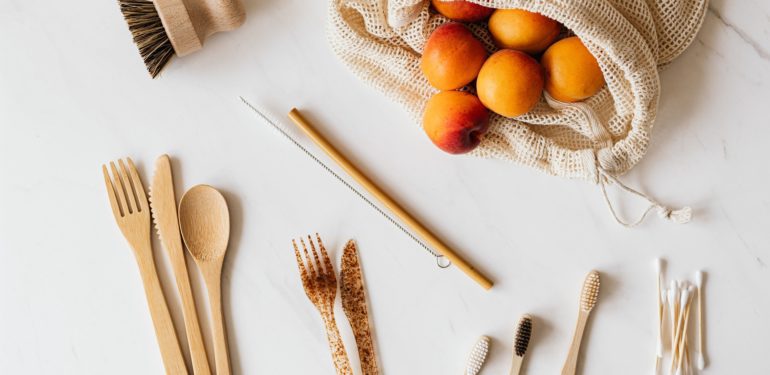If you want your family to live a greener lifestyle, there are some simple steps you can take to achieve your goal. Read on for 3 things to address in your quest to do right by the environment.
Guest Post by Kevin Gardner. Photo by Karolina Grabowska
Reduce Your Reliance on Traditional Energy Sources
If you pay close attention, you’ll probably notice several ways to cut back on how much electricity your family uses. A good place to start is with your electronic devices. Did you know that even when they are not in use they continue to draw power? By unplugging small items like your cell phone or laptop charger, or larger equipment like your television or stereo, when they are not in use, you can significantly decrease your electricity consumption. Other steps like turning off lights in unoccupied rooms, lowering or raising your thermostat by just a few degrees or air drying your clothing can also help you reduce your reliance on gas and electricity.
Taking the step of converting your home to solar could also have a positive impact on your energy usage. If you buy solar panels you may be able to move entirely off the public grid, which typically generates electricity by using natural resources. Rather than disrupting ecosystems and polluting the air, solar energy is usually far less harmful to the environment.
Rethink Paper and Plastic
When you think about all of the paper and plastic that comes into your home, much of it probably ends up in your trash bin. You can address an abundance of paper by signing up for electronic billing, reading books on tablets and switching to digital magazine subscriptions. If you must print something, use both sides of the paper and compost or recycle it when you no longer need it. Use blank areas of documents as scratch paper so each sheet gets more than one use, and choose washable towels or even old clothing in place of single-use paper towels.
You should also review how your family handles disposable plastics. Switch to reusable glass or metal water bottles to do your part in keeping billions of plastic bottles from ending up in landfills each year. Bring canvas bags with you to the grocery store, and don’t waste a plastic produce bag on a single onion. Because it’s inevitable that you’ll bring some plastic into your home, strive to get multiple uses out of anything you acquire. Milk jugs can become watering containers, and thoroughly washed bottles can be used for food storage. At the very least, all paper and plastic that can be recycled should be.
Minimize Food Waste
Taking a different approach to how your family consumes and disposes of food is another way to develop a greener lifestyle. You would probably be surprised to learn how much food the average family tosses away each year, so working to reduce that waste can have a positive environmental impact. While it seems obvious, make an effort to buy only what you know you will use. When it comes to perishable items like fruits and vegetables if you do end up with too much on hand then freeze your extras for use in smoothies or soup stock.
Although it can be tempting to squirrel away refrigerated items like dairy products and meat when you find them at a good price, remember that having to discard unused portions defeats the purpose. Be mindful of expiration dates and plan meals around products that are nearing the end of their shelf life. The same goes for canned or dried goods. It can be helpful to rotate older items to the front of your refrigerator or pantry to remind you to make using them up a priority.
Paying attention to how your family uses, reuses or recycles everyday things like energy, paper, plastic and food can help you identify ways to become greener at home. Taking some simple steps can go a long way toward reducing your waste.


